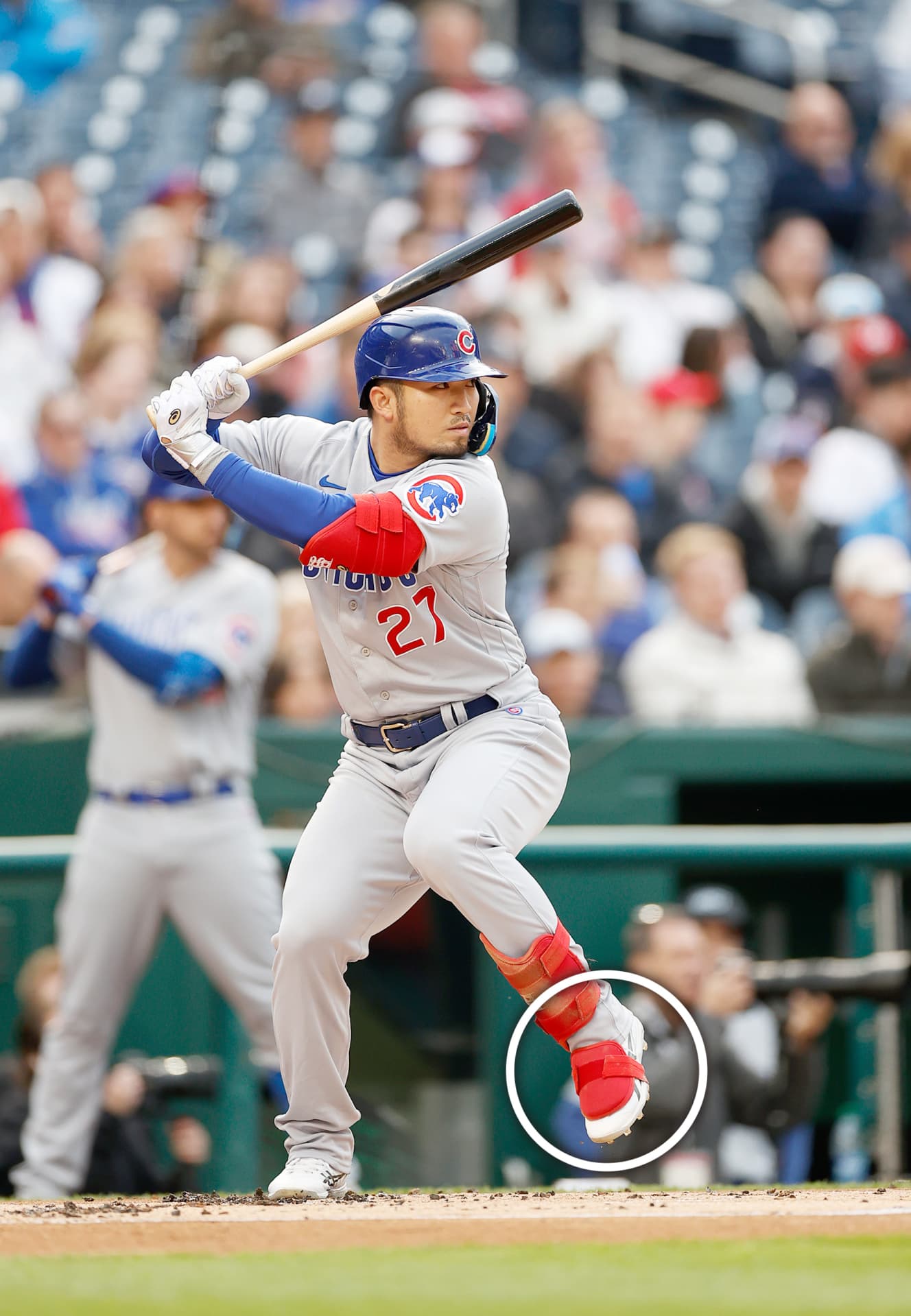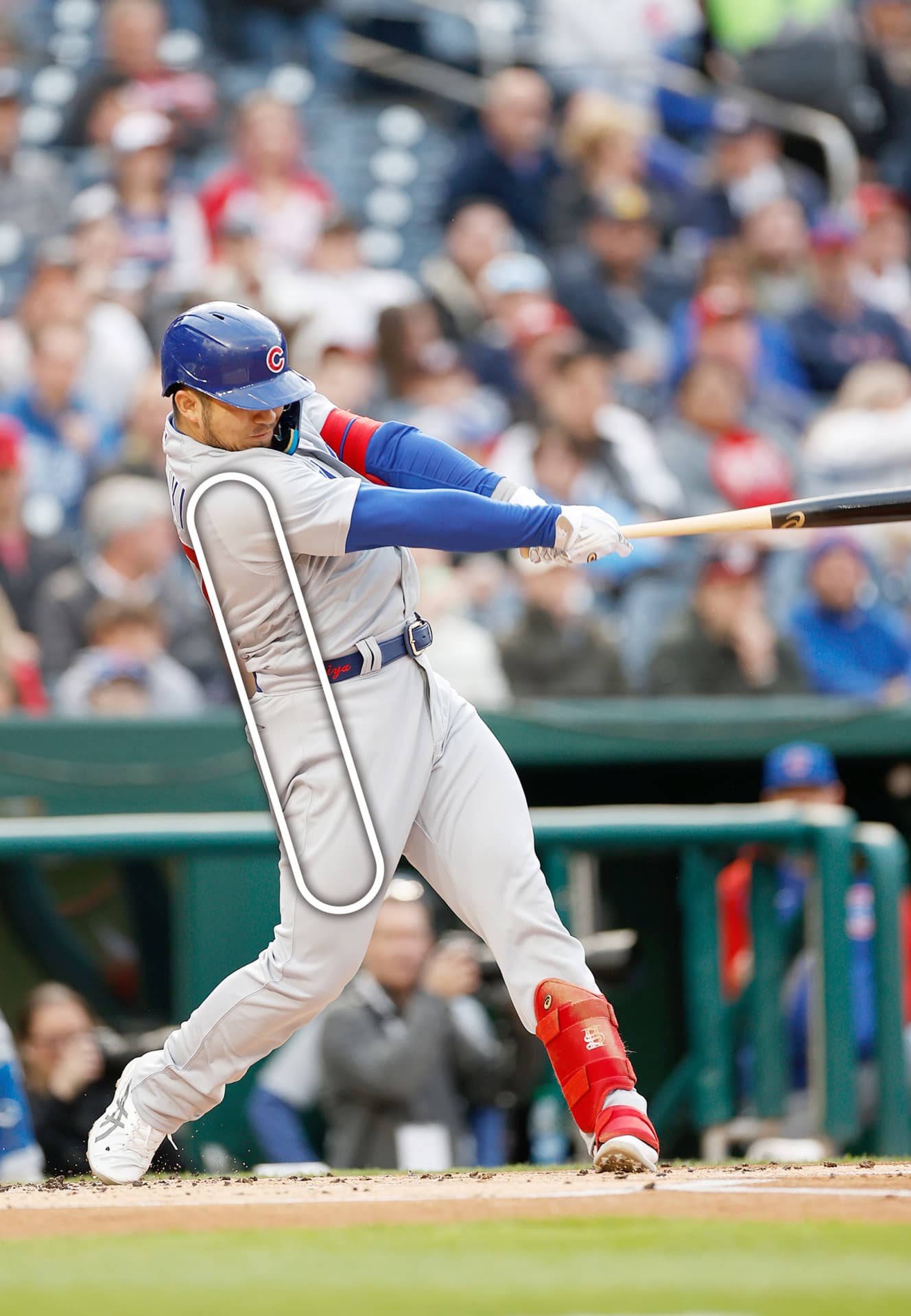The secret of his homer production is clear at a glance! Seiya Suzuki “the third Japanese hitter to hit 20 homers” – Amazing series of photos of his amazing form!
The most homers by a right-handed hitter in Japan with 20! Becomes the third Japanese hitter to achieve this feat, following Hideki Matsui and Shohei Ohtani.
He became only the third player in history to achieve this feat.
The Cubs’ Seiya Suzuki (29) has hit 20 home runs this season. This is the most by a right-handed Japanese major league hitter and the second most by a left-handed hitter, behind only Hideki Matsui and Shohei Ohtani. What is the secret behind the significant improvement in his batting average from .262 to .285 and runs batted in from 46 to 74 last season? Takashi Kawamura, an expert in motion analysis and associate professor at the University of Tsukuba’s College of Physical Education, offers his analysis (comments below).
This season, he has been able to deal with both low-moving balls and high fastballs. His hitting form is by far the best of any Japanese right-hander in the majors.
I would like to look at it concretely in a series of pictures. First of all, the key point in starting (1) is the left foot.
The height at which he raises his left foot is smaller than it was during his time in Hiroshima. By lowering his foot immediately, he is probably adjusting his timing to major league pitchers who throw with a quicker motion.
(2) In (2), we can see that Suzuki has overcome a problem that many Japanese right-handed hitters have struggled with.
Unlike left-handed hitters, right-handed hitters have difficulty using their dominant arm. When you have to use your left arm well, you tend to put more energy into your right arm, which is your dominant arm. If too much force is applied, the swing becomes erratic and the bat goes too far. Suzuki has successfully relaxed his right arm so that he can swing the bat in line with his body with his elbow folded.
What can be read from (3) is that “relaxing the right arm” is working even better.
The pitcher swings compactly in line with his body, so he is able to attract the ball and hit it. Major league pitchers throw pitches that move in the batter’s hands, so I need to hit them as close to my body as possible.”
(4) has an element that allows him to hit low balls for home runs as well.
The weight is placed firmly on the lower body and the bat is swung down at an angle. By putting the bat under the ball, the angle of the ball is increased. I am able to make the ball fly farther. This is a style that was not seen during his time in Hiroshima. Furthermore, this season, I have responded by hitting higher pitches from above. I have been able to use both of these styles, which has probably led to a significant improvement in my performance.”
In ⑤, the weight remains on his back and hips.
He said, “Because my body is not swimming, I am able to swing the bat despite my compact swing. The size of his follow-through is also a factor in his ability to hit so many home runs.”
In the first half of the season, Suzuki was slowed by injury. If he can play the entire season, he is expected to make further progress.
He said, “A .340 batting average is also quite possible. If he doesn’t get injured, I think he will be in contention for the home run crown next season.
Suzuki has improved his form through trial and error. Following Otani’s success this season, Suzuki may become the second Japanese home run king.





From “FRIDAY” October 27, 2023 issue
PHOTO: Yushi Taguchi
